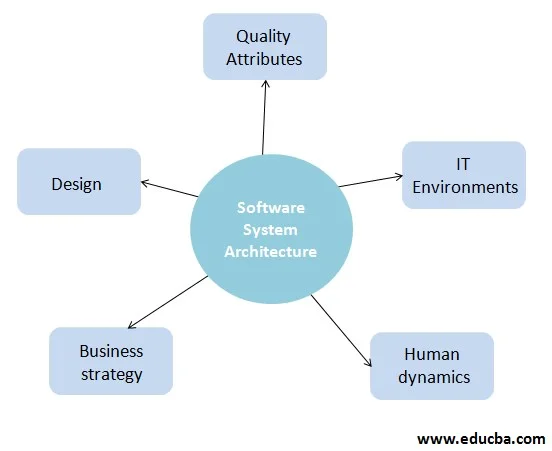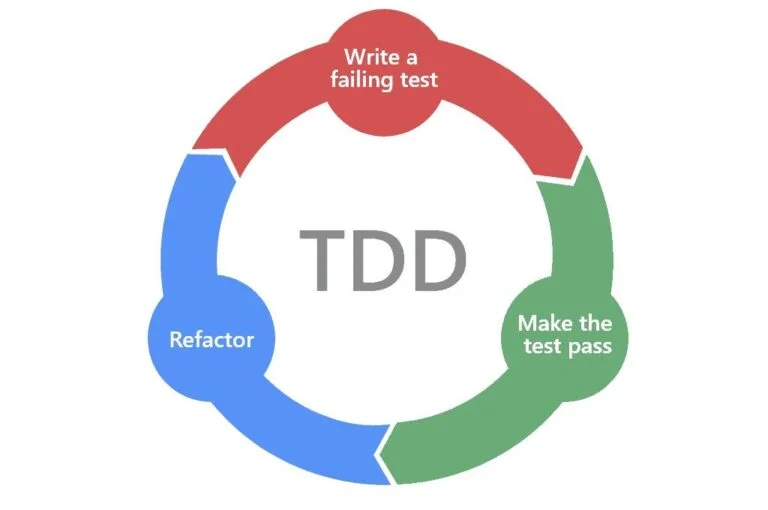The goal of developing systems that are not just scalable and reliable but also maintainable is a never-ending task in the fast-paced field of software development. As a cornerstone of software development, object-oriented programming (OOP) has withstood the test of time by providing an organized method for handling complexity and creating dependable systems. Nevertheless, attaining scalability and maintainability necessitates a comprehensive approach to architectural design that considers the complete software ecosystem—it is not enough to just apply OOP concepts at the code level.
Let us go deeply into Object-Oriented Software Architecture’s nuances as we set out on this adventure together. We’ll examine the fundamental ideas, and patterns, and examine best practices that make up the foundation of software systems that are both scalable and maintainable. We will navigate through the complexities of developing architectures that not only suit the demands of the company today but also adapt and change with the rapidly changing technological world through interactive discussions and in-depth examples.
Understanding Object-Oriented Software Architecture
Software architecture and design are two distinct phases of software engineering, focusing on managing system complexity and optimizing quality attributes like performance and security. Software architecture serves as a blueprint for a system, providing an abstraction to manage system complexity and establish communication and coordination mechanisms among components. It involves significant decisions about the organization related to software development, which can have a considerable impact on the quality, maintainability, performance, and overall success of the final product.

Software design provides a design plan that describes the elements of a system, and how they fit, and work together to fulfill the requirements of the system. The primary goal of architecture is to identify requirements that affect the structure of the application, reduce business risks associated with building a technical solution, and improve the quality and functionality offered by the system.
Limitations of software architecture include a lack of tools and standardized ways to represent architecture, a lack of analysis methods to predict whether architecture will result in an implementation that meets the requirements, a lack of awareness of the importance of architectural design to software development, and poor communication among stakeholders. A software architect should have expertise in various areas, including design, domain, technology, and methodology.

Quality attributes are system properties that reflect the structure of a system and organization, affecting runtime behavior, system design, and user experience. They can be classified as static quality attributes, which reflect the structure of a system and organization, and dynamic quality attributes, which reflect the behavior of the system during its execution. Quality scenarios specify how to prevent a fault from becoming a failure and can be divided into six parts based on their attribute specifications.
Object-Oriented Principles in Architecture
Let us go deeply into Object-Oriented Software Architecture’s nuances as we set out on this adventure together. We’ll examine the fundamental ideas, patterns, and best practices that make up the foundation of software systems that are both scalable and maintainable. We will navigate through the complexities of developing architectures that not only suit the demands of the company today but also adapt and change with the rapidly changing technological world through interactive discussions and in-depth examples.
Architectural Patterns and Styles
Software developers can find reusable solutions to frequent design issues by utilizing architectural patterns and styles. Architectural patterns in the context of OOSA direct the arrangement and composition of object-oriented systems. For example, consider:
- Layered Architecture: separates the system into layers, each of which is in charge of a certain functional area. By using clearly defined interfaces to interact with one another, layers encourage modularity and the division of responsibilities.
- Model-View-Controller (MVC): divides an application’s display, business logic, and data access issues. The controller acts as a mediator between the view and the model, which represent the data and business rules, respectively.
- Microservices Architecture: breaks down the system into some tiny, separately deployable services, each in charge of a particular business function. Microservices facilitate fault isolation, scalability, and flexibility through communication over lightweight protocols like message queues or HTTP.
- Domain-driven design (DDD): focuses on translating the application’s domain to software components through modeling. To establish a common knowledge of the issue domain and produce a rich, expressive domain model, DDD places a strong emphasis on cooperation between domain experts and developers.
Scalability Fundamentals
Scalable systems are essential for software applications to handle increasing users and data without major changes. Designing scalable systems involves core principles such as modularity, horizontal scaling, asynchronous processing, data partitioning, geographic distribution, and automation. Scalable architectures can handle load, storage, space, and admin dimensions. Strategies for scalability include horizontal scaling, caching, asynchronous processing, sharding, and geo-distribution.
When designing for the first 100 million users, simplify design choices that will be difficult to change later. Horizontal scaling is critical, and a flexible data model is appropriate for sharding. Simple CAP systems are preferred over exotic eventual consistency. High availability with redundancy is expected, and revisions to storage and caching choices should be anticipated.

Scalability impacts performance, reliability, and cost efficiency. By planning for scalability from the start, companies can confidently scale their systems to meet demand spikes, expand to new regions, and serve their first 100 million users without major re-architecture. Investing in scalability ensures long-term success.
Understanding the trade-offs between horizontal and vertical scalability is crucial for making informed architectural decisions. Vertical scalability is suitable for applications with predictable workload patterns and moderate growth requirements but may encounter hardware limitations and become cost-prohibitive in the long run. Horizontal scalability is ideal for applications with unpredictable or rapidly growing workloads but introduces complexity in distributed systems, data consistency, and network communication. Scalable architectural patterns include scalable web application architecture, Event-Driven Architecture (EDA), scalable microservices architecture, and Elastic Compute and Storage. By adopting these patterns, software architects can design systems that can grow seamlessly while maintaining optimal performance and reliability.
Ensuring Maintainability
Maintainability in software design refers to the ease with which a software system can be modified, extended, updated, or fixed over its entire lifecycle. Key principles and practices to achieve maintainability include modularity and separation of concerns, the Single Responsibility Principle (SRP), encapsulation and information hiding, loose coupling and high cohesion, clear and readable code, modular testing, version control and source code management, documentation, design patterns, refactoring, avoiding overengineering, testing and automation, dependency management, adaptability and future-proofing, and adhering to standard design principles in software systems.

Modularity and separation of concerns involve dividing the software into smaller, cohesive modules that encapsulate specific functionalities. The Single Responsibility Principle (SRP) minimizes the impact of changes on other parts of the system by assigning a single responsibility to each module, class, or component. Encapsulation and information hiding reduce dependencies and minimize the effects of changes. Low coupling and high cohesion enhance clarity and maintainability.
Clear and readable code, modular testing, version control and source code management, documentation, design patterns, refactoring, avoiding overengineering, testing and automation, dependency management, and adaptability are essential for maintaining a well-maintained software system. By prioritizing maintainability in software design, developers can reduce the cost of ongoing development, minimize defects, and extend the software’s lifespan.
As we come to the end of our investigation of Object-Oriented Software Architecture, it is evident that this methodology provides a solid foundation for creating long-lasting software systems. Developers may design systems that are flexible and adaptive to changing business demands, in addition to being scalable and maintainable, by applying the ideas of Object-Oriented Programming to the architectural level.
The principles of Object-Oriented Software Architecture, which utilizes design patterns like MVC and encapsulation and inheritance, provide a solid foundation for building resilient and innovative software solutions. Continuous evolution is crucial in software architecture, ensuring systems remain relevant and effective in the ever-changing technology landscape.
What Object-Oriented Software Is Building the future is what architecture is all about, not simply creating software. It’s about giving companies the tools they need to grow, develop, and adapt in the digital era. And given the ideas and methods we’ve looked at, architects and developers alike are prepared to take the lead in creating a more inventive and promising future.








